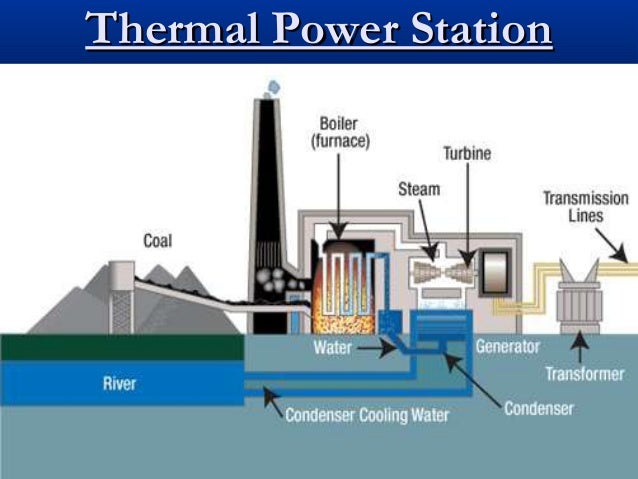7. ENVIRONMENTAL IMPACT.
7.1. Environmental impact assessment.
Any proposed new technological project should include an
environmental impact assessment. There should also be an assessment of the economic and social repercussions of the project before any important decisions are made.
Wind: it is non-polluting, but it has visual and acoustic impacts, renewable, it is clean and it helps to replace our dependency on fossil fuels and output is low, discontinuous and random.
Hydroelectric: it has a major impact because it changes the flow of rivers and floods large areas, reneable, output is high and efficient and it a dam breaks, the could be a disaster.
Solar: it is non-polluting, but large power stations take up a lot of land, renewable, it is clean and it helps to replace our dependency on fossil fuels and installations are expensive.
Marine: the construction of marine stations affects the local environment, renewable, it is clean and it helps to replace our dependency on fossil fuels and installations are expensive.
Biomass: the technology is beneficial when it is used properly, renewable, it helps to replace our dependency on fossil fuels and it requires an excessive use of natural resources.
Fossil fuels: air pollution contributes to climate changes, non-renewable, output is high and efficient and air pollution causes respiratory illnesses.
Nuclear: radiation is very dangerous if there are accidents, non-renewable, output is high and effcient and it produces radioactive waste.
7.2. Effects on the environment.
Extracting natural resources.
Fossil fuels and radioactive elements, such as uranium, must be extracted from underground deposits. Large areas of forest have been destroyed to provide wood for fuel.
Transporting fuel.
Most oil is transported over land through
pipelines and by sea in large ships called
oil tankers. Natural gas is transported over land through
gas pipelines or by sea in tankers as liquid natural gas. These tankers are called
LNG carriers.
Generating electricity.
Hydroelectric power stations require large amounts f water hich must be stored behind dams in reservoirs.
Waste treatment.
Some steps can be taken to reduce waste and its effects:
- Filters can reduce pollutants, such as nitrous oxide and sulphur.
- Low-sulphur coal can also be used to reduce sulphur emissions.
- Large forests should be protected because they remove C02 from the air.
7.3. Climate change.
This situation has negative effects on the envinment, and the most serious is
climate change, a problem that is associated specifically with fossil fuels. Our use of fossil fuels generates
air pollution, such as carbon monoxide gas and heavy metal particles in the air.
- These gases contribute to the greenhouse effect, which increases the Earth's average temperature.
- We can observe some of the effects of global warming, such as the melting of our polar ice caps and glaciers lead to rising sea levels.
- These pollutants combine with water vapour in the air to produce acid rain.

7.4. Energy consumption.
The fossil fuels that consumers use in their cars or home heating systems also have an effect on the environment.
 Resistors
Resistors




